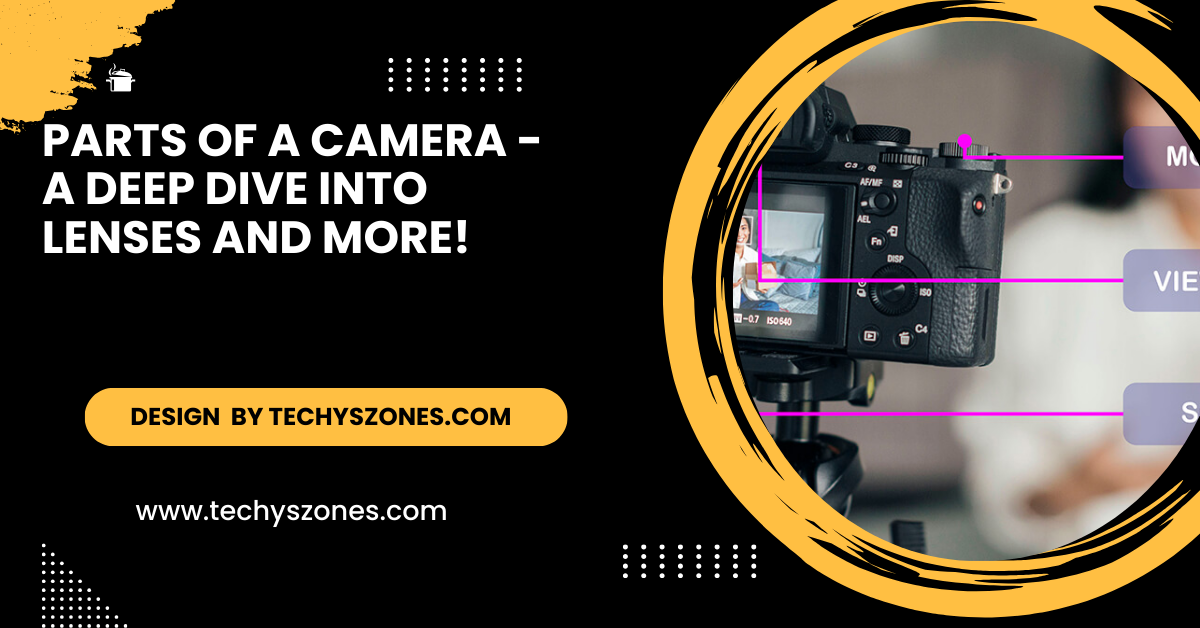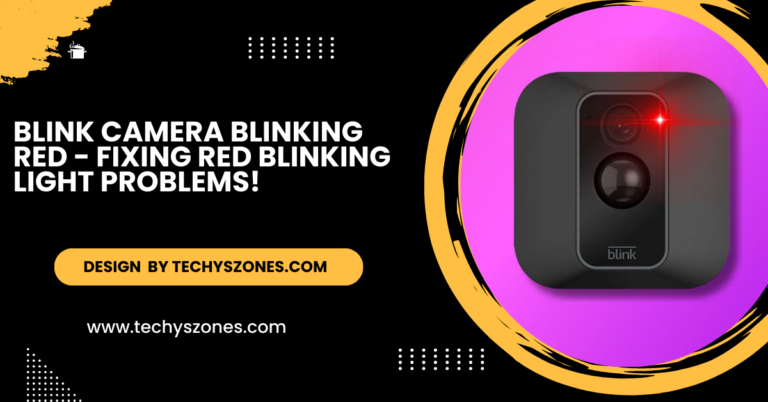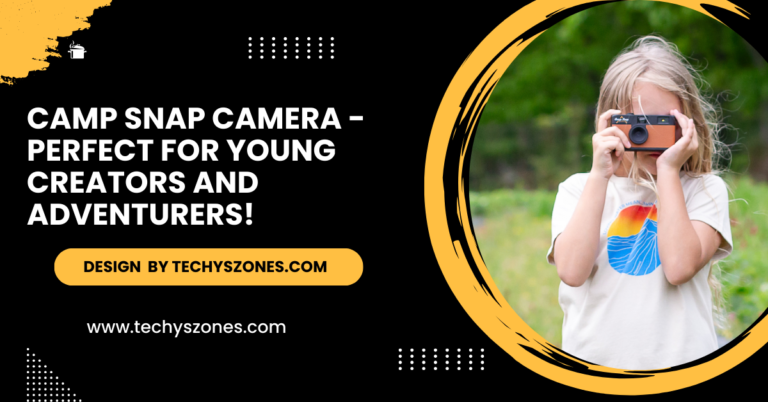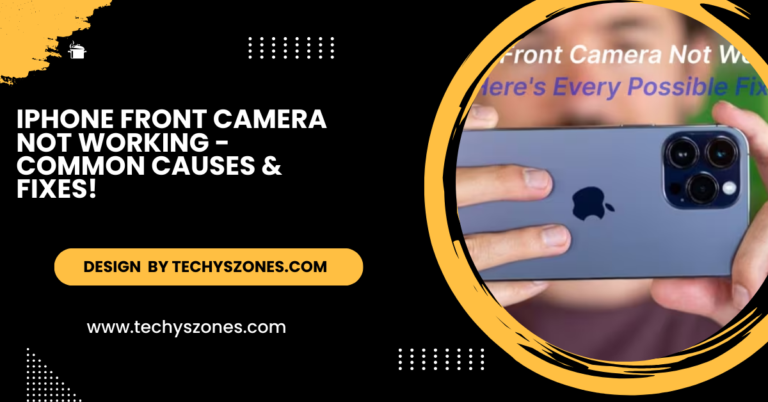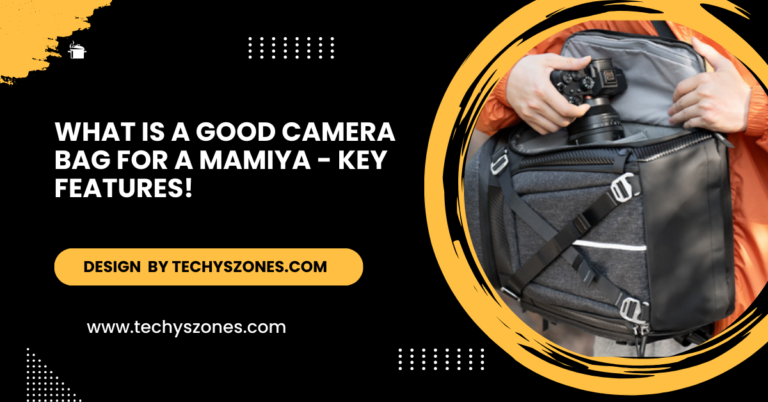Parts Of A Camera – A Deep Dive Into Lenses And More!
This article covers the essential parts of a camera, including the lens, sensor, and shutter, explaining their functions to improve your photography skills and knowledge.
In this article, we’ll explore the essential parts of a camera, explaining their functions and importance. Whether you’re a beginner or enthusiast, understanding these components is key to capturing stunning photos and videos.
Lens: The Eye of the Camera
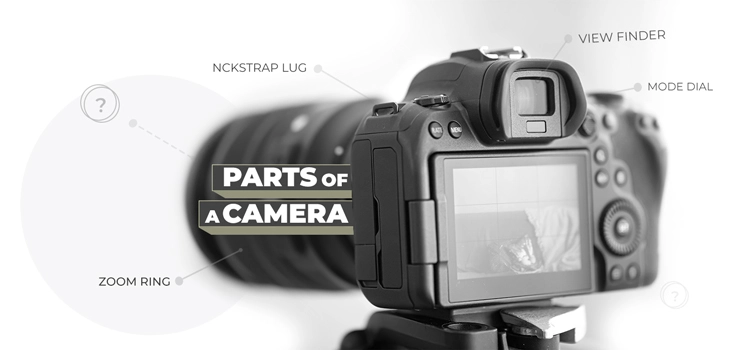
The lens is arguably the most crucial component of a camera. It captures light and focuses it onto the image sensor or film. Different lenses offer unique capabilities and are tailored for specific photography needs.
Types of Lenses:
- Zoom Lenses:
Allow you to change focal lengths (e.g., 18-55mm, 70-200mm). They are versatile and great for various scenarios like sports, landscapes, and wildlife. - Macro Lenses:
Specially designed for close-up photography to capture tiny details of objects like insects, flowers, and jewelry. - Wide-Angle Lenses:
Best for landscapes and architecture, as they capture a broader field of view. - Telephoto Lenses:
Perfect for distant subjects, such as wildlife and sports photography.
Key Lens Features:
- Focal Length: Determines how much of a scene the lens can capture. Measured in millimeters (mm), a higher number means greater zoom capability.
- Aperture: Inside the lens, the aperture controls the amount of light entering the camera. Larger apertures (e.g., f/1.8) allow more light, ideal for low-light situations and achieving a shallow depth of field.
Camera Body: The Core Structure
The camera body houses the essential components that work together to capture and process images. It’s the foundation of any camera system.
Types of Camera Bodies:
- DSLR (Digital Single-Lens Reflex): Known for durability, manual controls, and compatibility with a wide range of lenses.
- Mirrorless: Compact and lightweight with advanced technology like electronic viewfinders and faster autofocus.
- Compact Cameras: Also called point-and-shoot cameras, these are user-friendly and portable, ideal for casual photography.
- Action Cameras: Built for adventure, these are small, rugged, and often waterproof. Popular models include GoPro cameras.
Key Features of the Body:
- Grip: Ergonomically designed to ensure a comfortable hold.
- Material: Ranges from lightweight plastic to robust magnesium alloy for professional-grade durability.
Viewfinder: Framing Your Shot
The viewfinder is a window that helps photographers compose their shots.
Types of Viewfinders:
- Optical Viewfinder (OVF): Found in DSLRs, it provides a real-time, true-to-life view through the lens.
- Electronic Viewfinder (EVF): Common in mirrorless cameras, it displays a digital image preview, reflecting real-time exposure and settings.
Also Read: Fallout 76 Where To Buy Camera Location – Best Spots To Find It In Fallout 76!
Image Sensor: The Digital Film
The image sensor is where the magic happens—it captures the light focused by the lens and converts it into a digital image.
Types of Sensors:
- Full-Frame Sensors: Equal in size to 35mm film, they produce excellent image quality, dynamic range, and low-light performance.
- APS-C Sensors: Smaller than full-frame, they are more affordable and commonly used in entry-level and mid-range cameras.
- Micro Four Thirds Sensors: Compact and versatile, suitable for mirrorless systems where portability is key.
How It Works:
The sensor is covered in millions of tiny pixels.A larger sensor captures more light, leading to improved image quality.
Shutter: Controlling Light Exposure
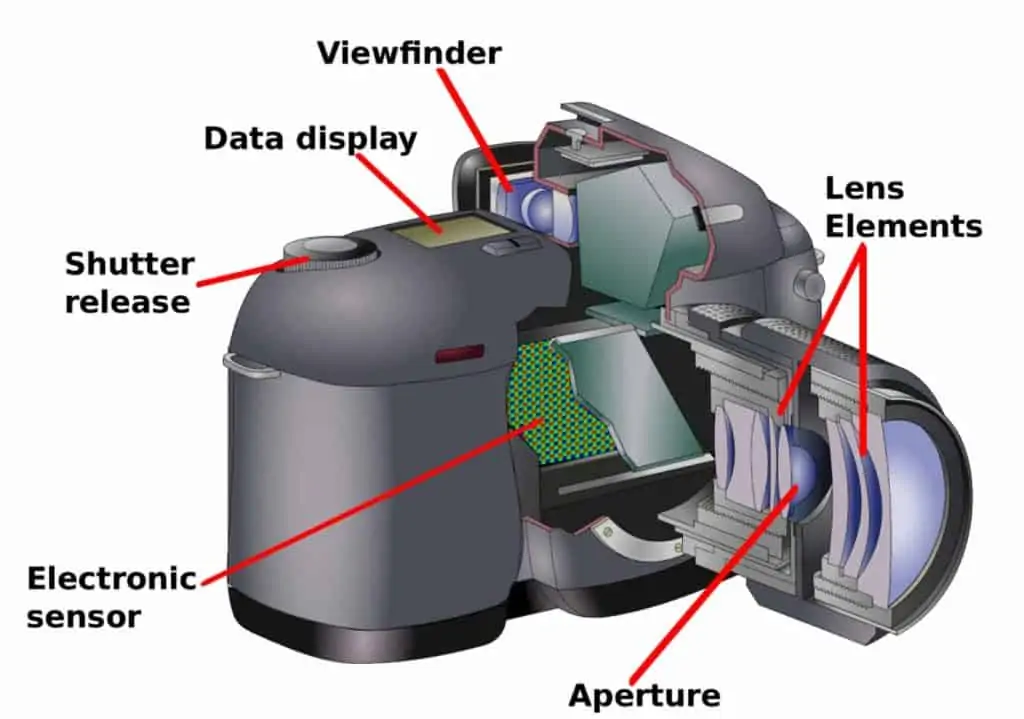
The shutter determines how long light reaches the image sensor.
Types of Shutters:
- Mechanical Shutter: Physical blades that open and close. It’s ideal for high-quality still photography.
- Electronic Shutter: Eliminates mechanical movement, enabling silent shooting and faster frame rates.
Shutter Speed: Measured in fractions of a second (e.g., 1/1000, 1/30), it affects motion blur. Fast speeds freeze motion, while slower speeds create motion blur or light trails.
Flash: Shedding Light on the Subject:
The flash is used to illuminate scenes in low light or add creative effects.
Types of Flash:
- Built-In Flash: Convenient but often less powerful and limited in range.
- External Flash (Speedlight): Offers greater flexibility, power, and control.
Buttons, Dials, and Controls: Mastering Settings
Modern cameras come with intuitive controls for easy customization:
- Mode Dial: Switch between Auto, Manual, Aperture Priority, and more.
- ISO Button: Adjusts the camera’s sensitivity to light for optimal exposure.
- Focus Controls: Enables switching between manual and autofocus.
Also Read: Iphone Front Camera Not Working – Common Causes & Fixes!
Memory Card Slot: Storing Your Shots
The memory card slot stores your photos and videos. It’s crucial to use a card with sufficient speed and capacity.
Common Card Types:
- SD Cards: Standard and widely supported.
- CFexpress: For professional cameras with high-speed requirements.
Battery and Power System:
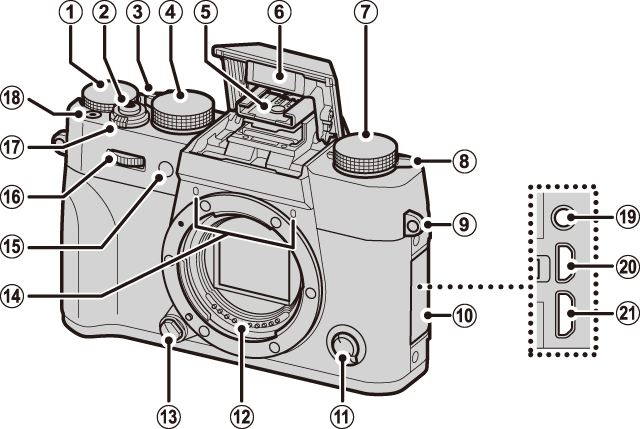
Cameras use rechargeable lithium-ion batteries. A dedicated compartment ensures portability and easy replacement.
Additional Features to Enhance Functionality:
Many cameras now include advanced features to meet modern needs:
- Wi-Fi/Bluetooth Connectivity: For transferring files and remote control.
- Articulating Screens: Flip-out screens ideal for selfies and vlogging.
- Weather Sealing: Protects the camera in harsh conditions.
FAQ’S
1. What are the main parts of a camera?
The main parts include the lens, viewfinder, shutter, aperture, sensor, and body. Each plays a unique role in capturing and processing images.
2. What is the function of a camera lens?
The lens focuses light onto the camera sensor or film, determining image sharpness, field of view, and depth of field.
3. How does the camera sensor work?
The sensor captures light and converts it into digital data to create an image. Sensor size impacts image quality and low-light performance.
4. What is the purpose of the shutter in a camera?
The shutter controls how long light hits the sensor, affecting exposure and motion blur. Faster speeds freeze action, while slower speeds capture motion.
5. Why is aperture important in photography?
Aperture adjusts the amount of light entering the lens, influencing exposure and depth of field. A wider aperture creates a blurry background, while a narrow one keeps more in focus.
Conclusion:
Understanding the parts of a camera empowers you to use it effectively and elevate your photography. From the lens to the sensor, each component plays a vital role in creating the perfect shot.Whether you’re a beginner or a pro, this knowledge can help you make better equipment choices and capture images with precision and creativity. Keep exploring and experimenting to unlock the full potential of your camera!

